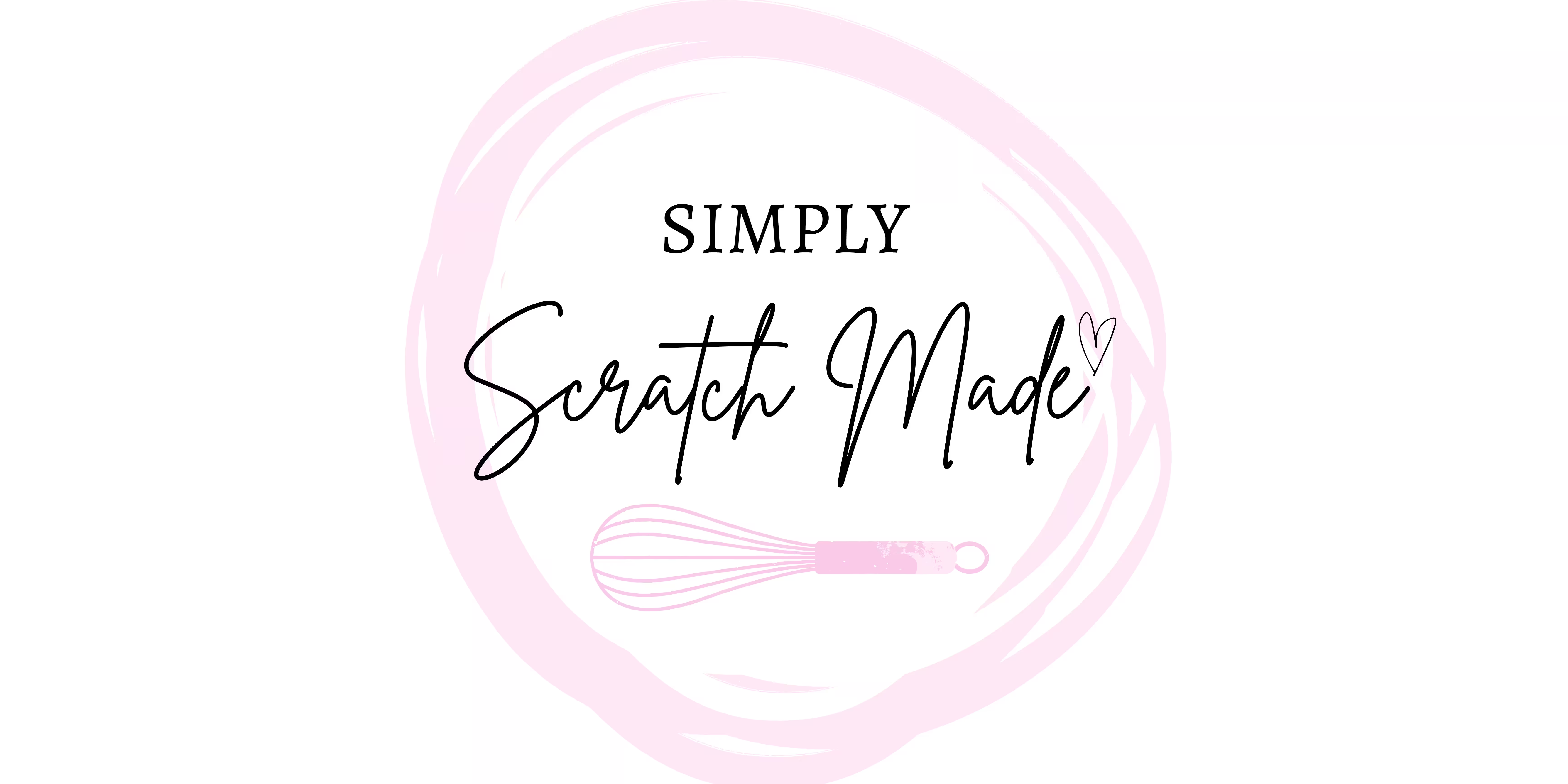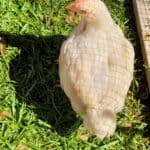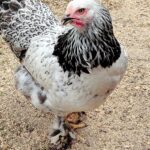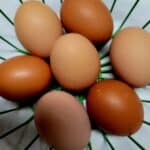So, you have decided to start raising chickens. That is great! Raising chickens is rewarding and quite easy to do. The beginning days of a baby chick’s life is the most crucial time. Your chicks will require a lot of care and monitoring. There will be a few important steps that you will need to take to ensure they are properly cared for and have the best start in life.
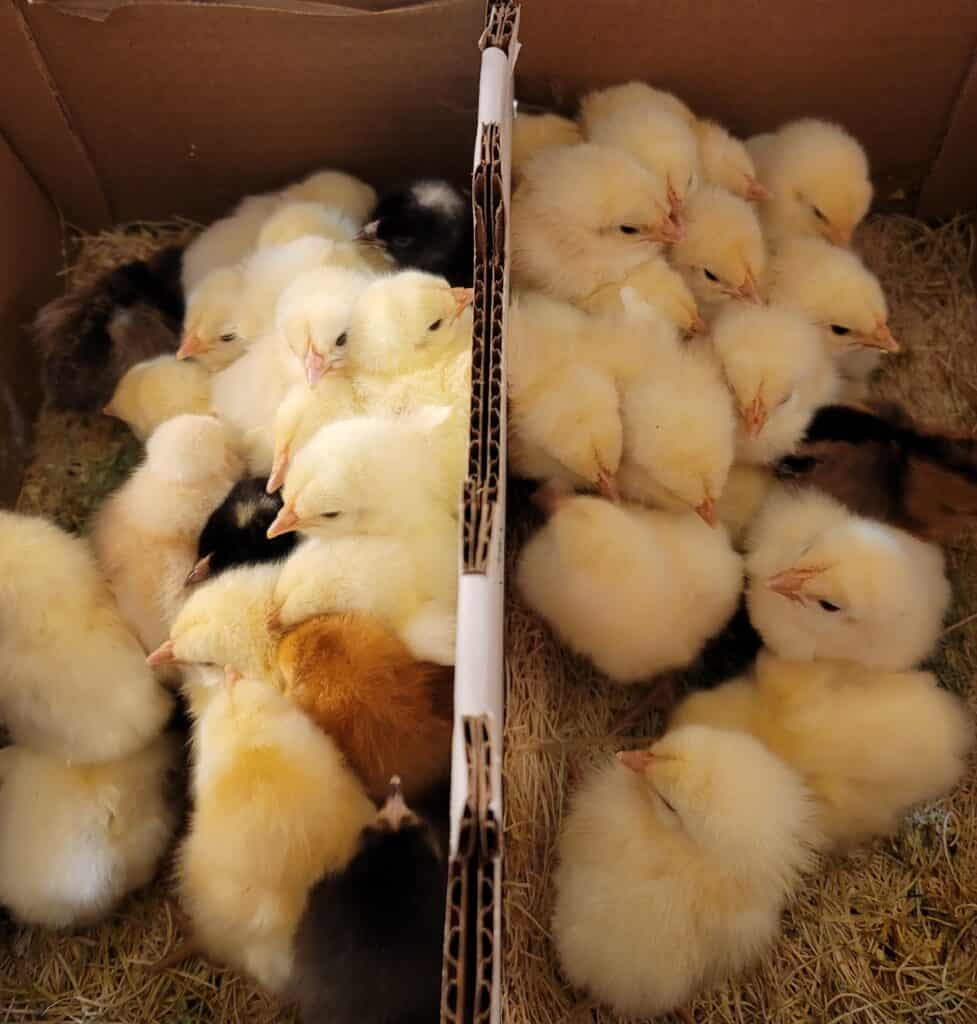
What You Need
A brooder is where the baby chicks will spend the first part of their life. The brooder should be set up and ready to go before getting your baby chicks. Chicks require a warm area to live. The ideal temperature of the brooder should be 95°F. Your brooder should be enclosed and have sufficient room for your chicks to grow. You can find numerous brooder ideas online.
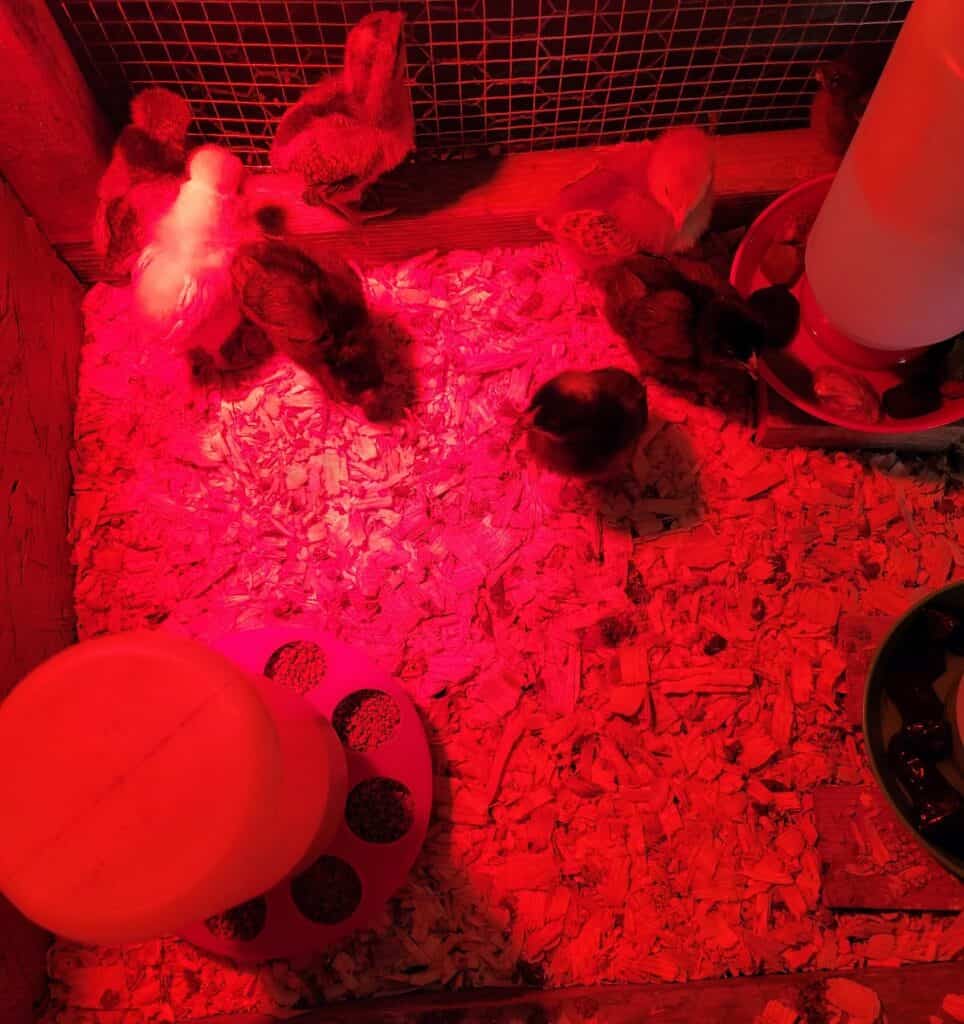
We started out using a large tote as a brooder for our first chicks. It worked great until they outgrew it. We quickly learned that while the large tote worked for the first few weeks, we needed something bigger. It will need to have a lid, because they will start to jump and fly out pretty early. The brooder will need to be large enough to keep the chickens and their food and water containers.
A heat lamp is needed to keep the baby chicks warm. You can find several different types of heat lamps online and in stores. You will need to make sure that the chicks have enough room to move away from the heat lamp if they start to get too hot. Try to keep the heat lamp pointed to one area of the brooder. If the chicks are too hot, they will move away, if they are too cold, they will huddle up underneath it.
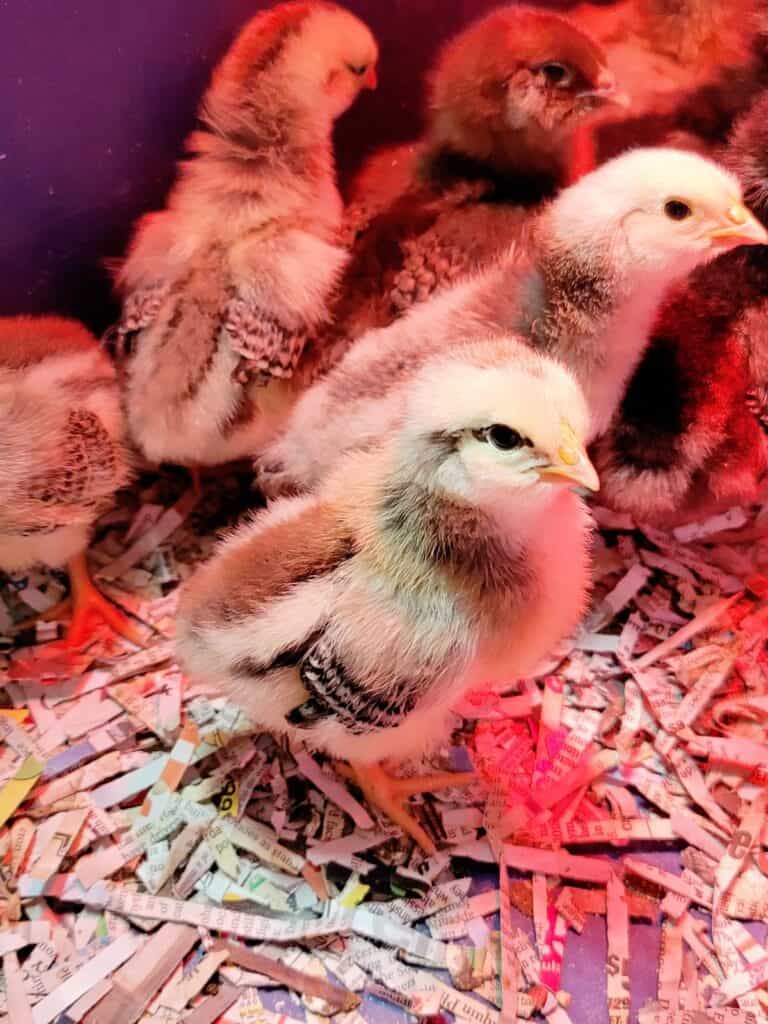
It is important that there is enough heat and room in your brooder to keep the chicks from hurting each other. If you have a large brooder with several baby chicks, you may need more than one heat lamp. You will need to adjust the heat lamp to assure the chicks have the right temperature. Just keep in mind that part of the brooder should not be under the heat lamp, so that the chicks can move away from the lamp if they are too hot.
Bedding is needed to help the baby chicks stay warm and make cleaning the brooder easier. It is also necessary to keep the chicks from slipping on their poop. The chicks will poop, a lot. You can line the bottom of the brooder with newspaper or cardboard and top with pine shavings. Clean the brooder daily if you have a lot of chicks. Keep the brooder clean for healthy chicks. It is not safe to use cedar shavings, they are toxic to chickens.
You will need a feeder for the chick’s food. There are many different types of feeders available. The small quart feeders are great if you have a few chicks. If you are raising several chicks, you will need one of the long flip top feeders. The feeder should be cleaned out regularly. As the chicks grow you will need to provide them with a larger feeder or multiple feeders.
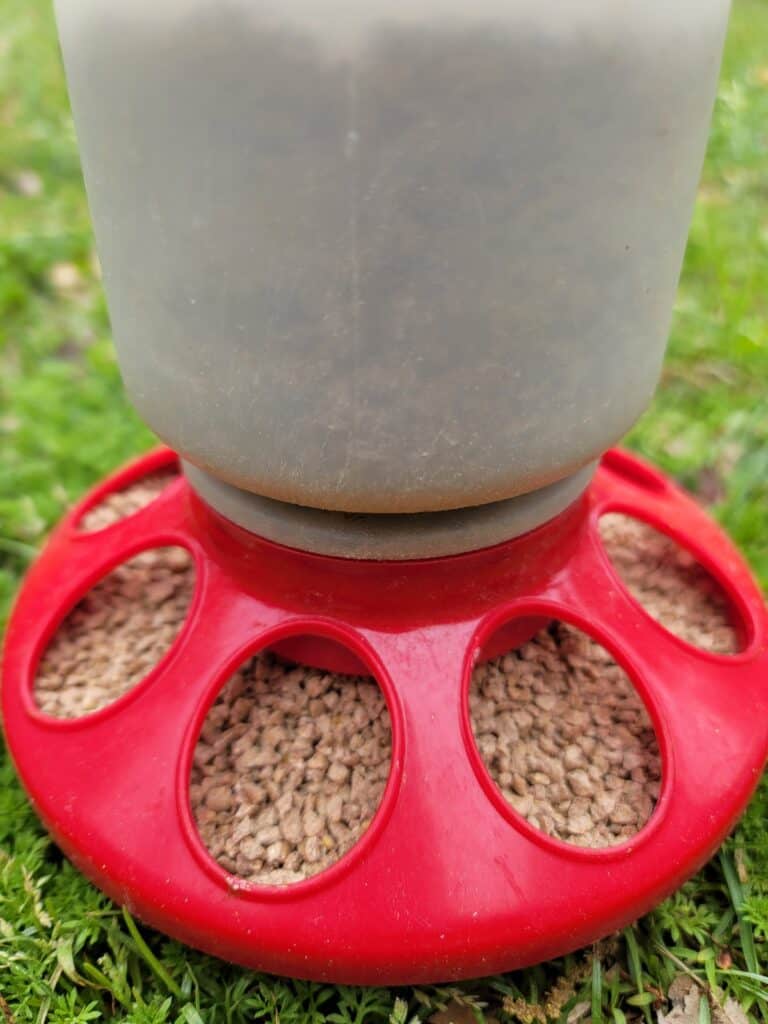
Chick Starter is a medicated feed. This is the best feed to give your baby chicks to help them have a healthy start. You will need use chick starter for the first 18 weeks of their lives. Once they hit 18 weeks, most chickens will start laying eggs. They will then need to be switched to a layer feed.
You will also need a waterer designed for baby chicks. Use clean rocks or marbles for the first few weeks to prevent the chicks from drowning in the water. The water will need to be cleaned daily. Chicks are rather messy and will get their bedding and poop in their water. Never let the waterer go dry. It is important to keep your chicks hydrated. As they grow you will need to provide them with a larger waterer.

Meat chickens should eat chick starter for the first week of their lives. After 1 week their feed needs to be switched to a meat bird feed. Meat bird feed has a higher protein content.
When You Get Your Chicks Home
You will need to get them to their brooder immediately. As you place each one in the brooder you will need to dip their beak into their water so that they know where the water is. I recommend using an electrolyte supplement in their water for the first few days. Especially if you are receiving them in the mail. This will give them a boost that will help them thrive.
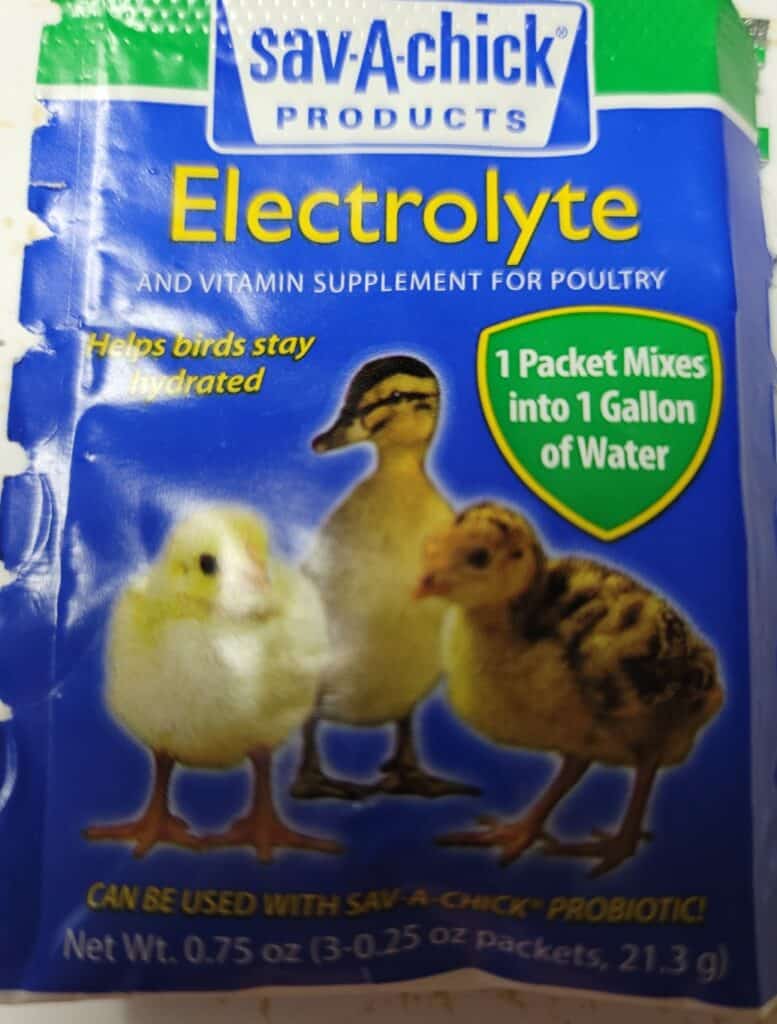
Keep their food and water full so that they are able to eat or drink whenever they need it. Be sure to watch how they act around the heat lamp, adjust the distance if needed.
For the first week it is important to check your baby chick’s vent for “pasty butt”. This is where droppings get stuck to the baby chick’s vent which forms a blockage. When this happens, it is important to clean the area with warm water to remove the droppings. If left untreated, the chicks can die.
Once your chicks are fully feathered and the nighttime temperatures are above 50 °F you can put them outside in their coop.
I hope this post was helpful. Here are a few more post that you may like to check out.
Tried This Recipe?
Leave a review below, I would love to hear how it turned out! ⭐⭐⭐⭐⭐
